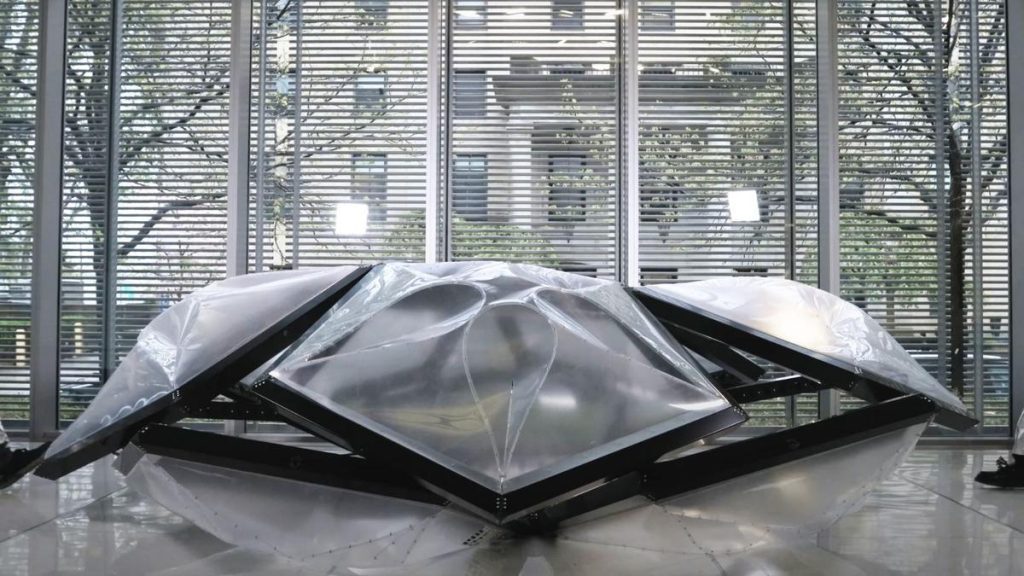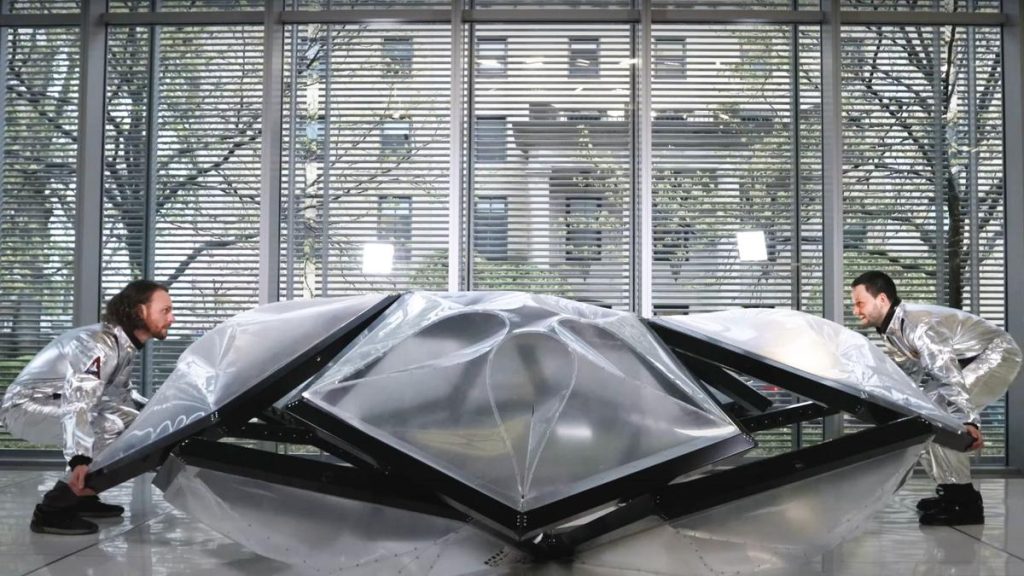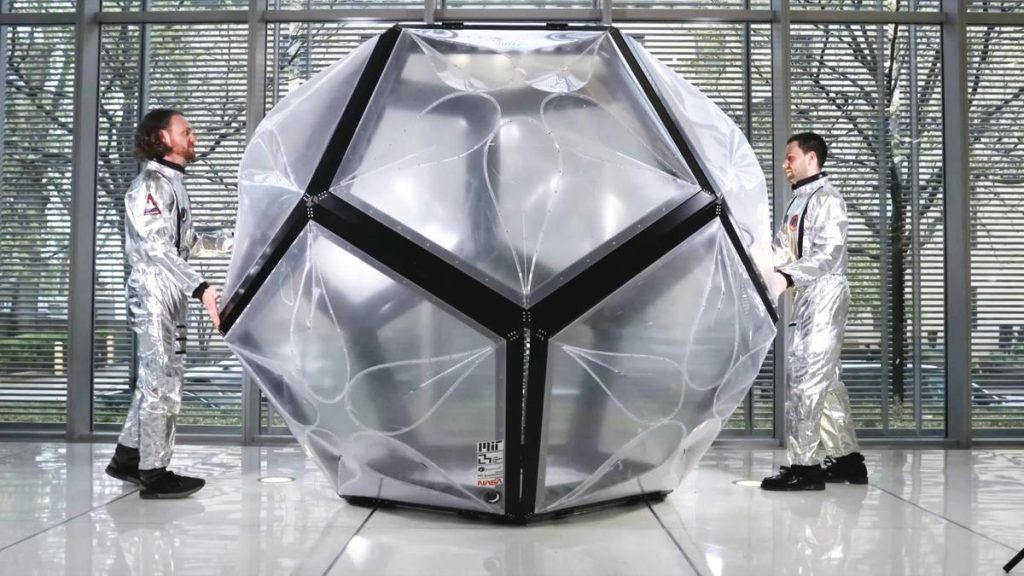The MIT Department of Architecture, AeroAstro, and the MIT Media Lab have come together to create Momo, a revolutionary self-assembling lunar lander, in an ambitious and forward-looking project. This cutting-edge initiative aims not only to meet the immediate needs of lunar missions such as Artemis III, but also to lay the groundwork for long-term lunar exploration. The collaboration spans NASA, SpaceX and Brookhaven National Laboratory, reflecting an integrated approach to space exploration.
The team embodies an interdisciplinary approach to addressing the complexities of space habitability. Momo’s design is driven by two key objectives: maximising module packaging efficiency for SpaceX’s Starship HLS cargo bay, and ensuring modularity. These principles optimise transport logistics and increase module adaptability to different lunar environments and missions. Each Momo module is carefully designed with an aluminium frame and high-density polyethene membrane to provide reliable protection from the harsh lunar environment while maintaining the lightweight construction important for spaceflight.
Momo is designed to support the upcoming Artemis III mission, scheduled for late 2026 or early 2027, which will be the first human lunar landing of the Artemis programme. This module will play a key role in establishing a human presence on the Moon by providing the necessary infrastructure for astronauts. Ultimately, Momo is intended to be a step towards permanent human settlements on the Moon, ushering in a new era of lunar exploration.






All images courtesy of MIT MEDIA LAB

